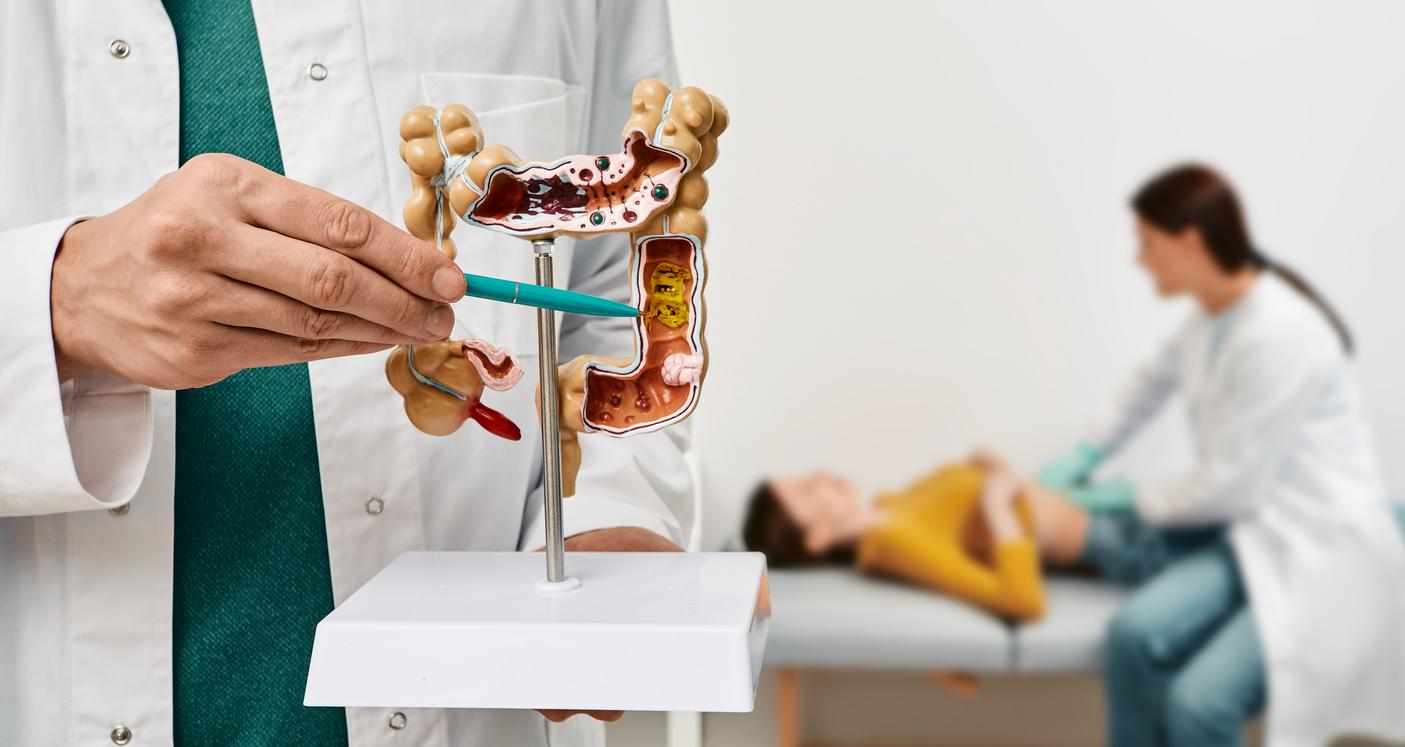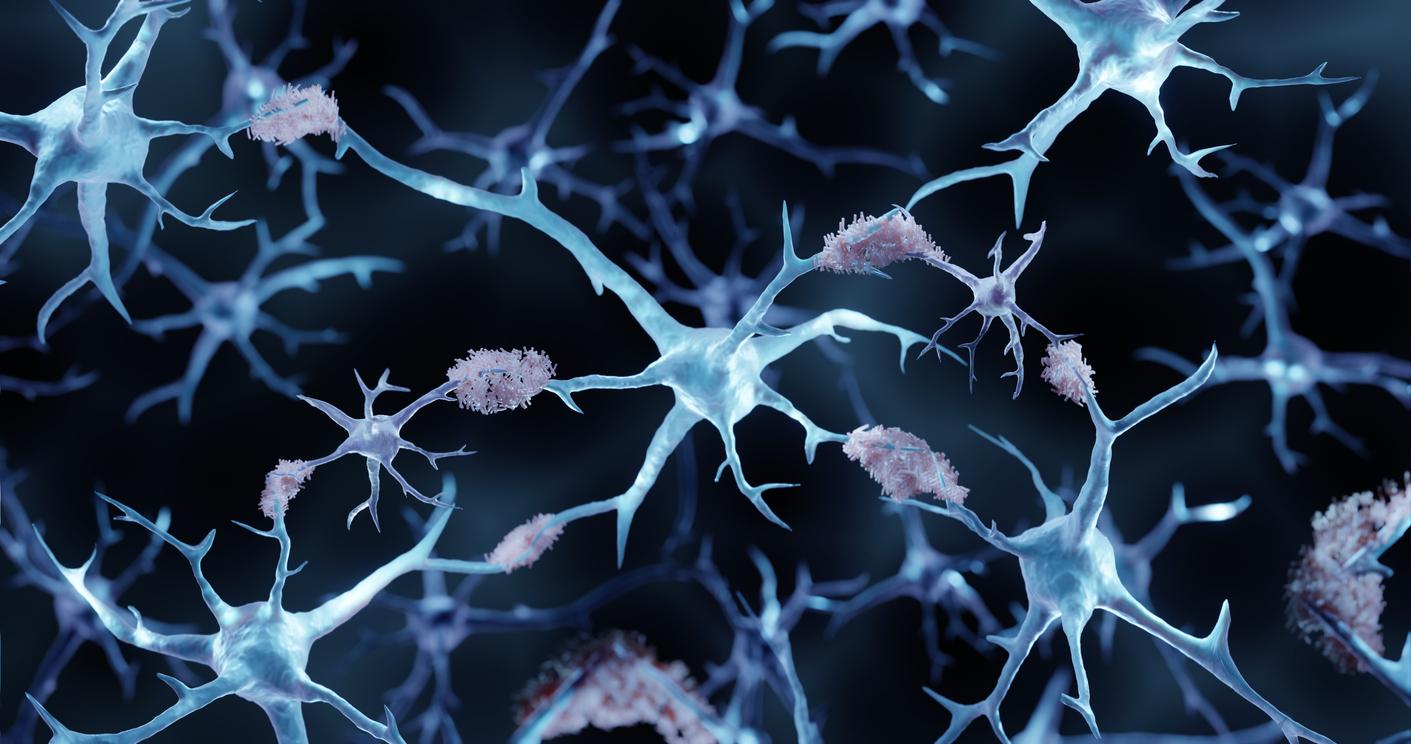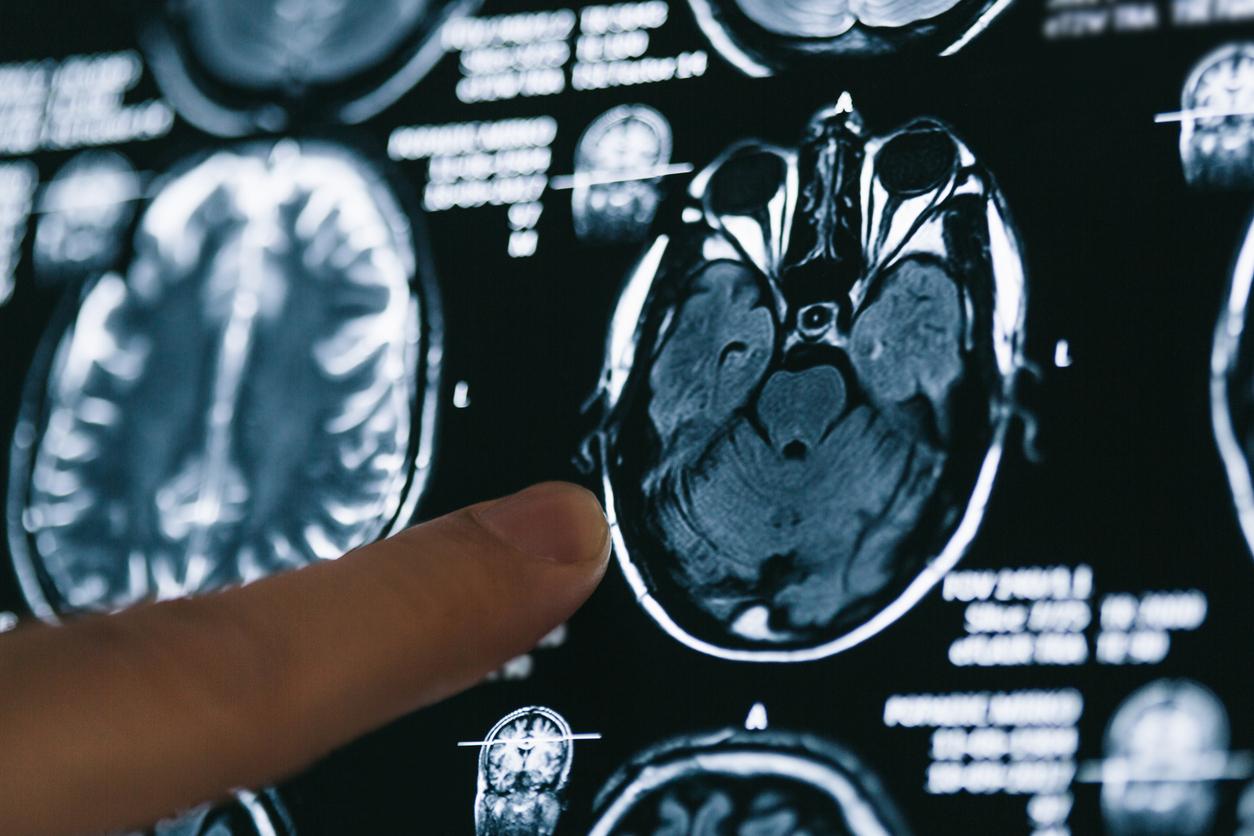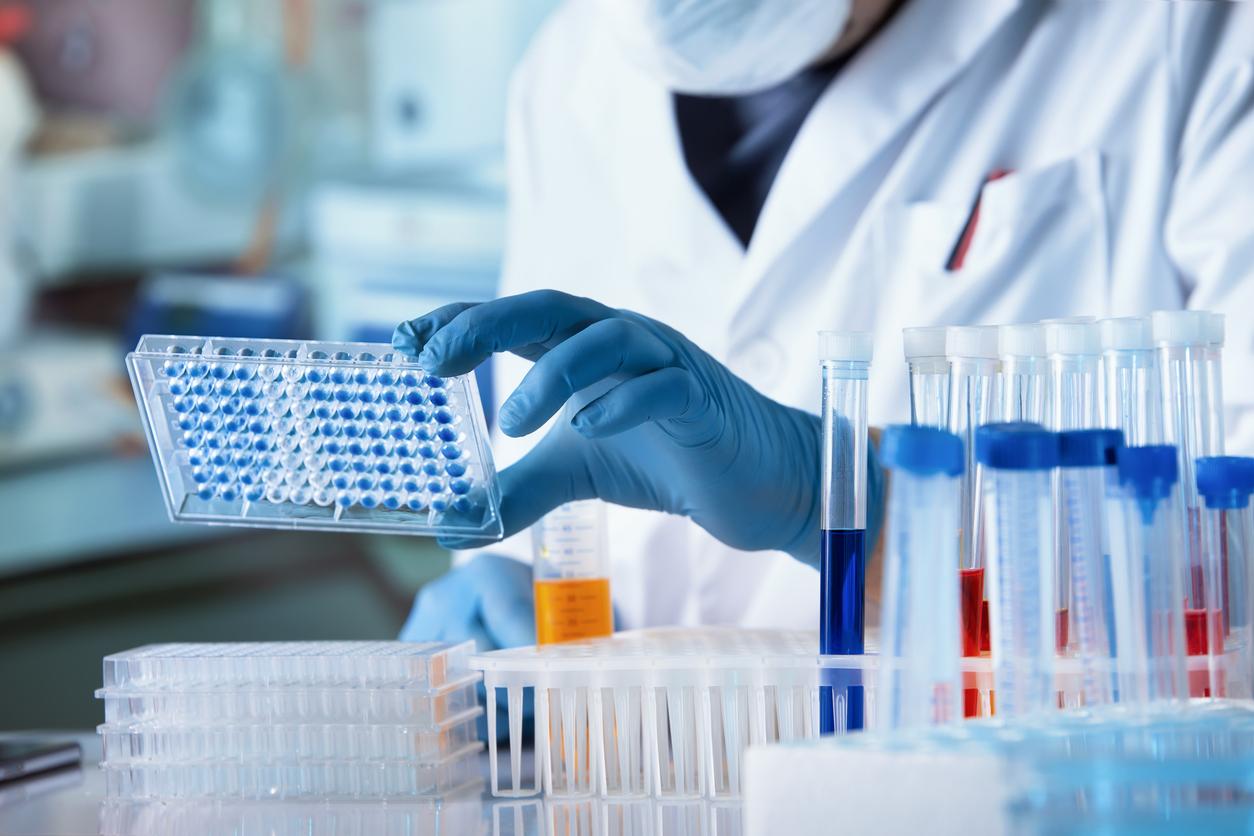Japanese research has succeeded in developing living mice from the cells of two male mice.
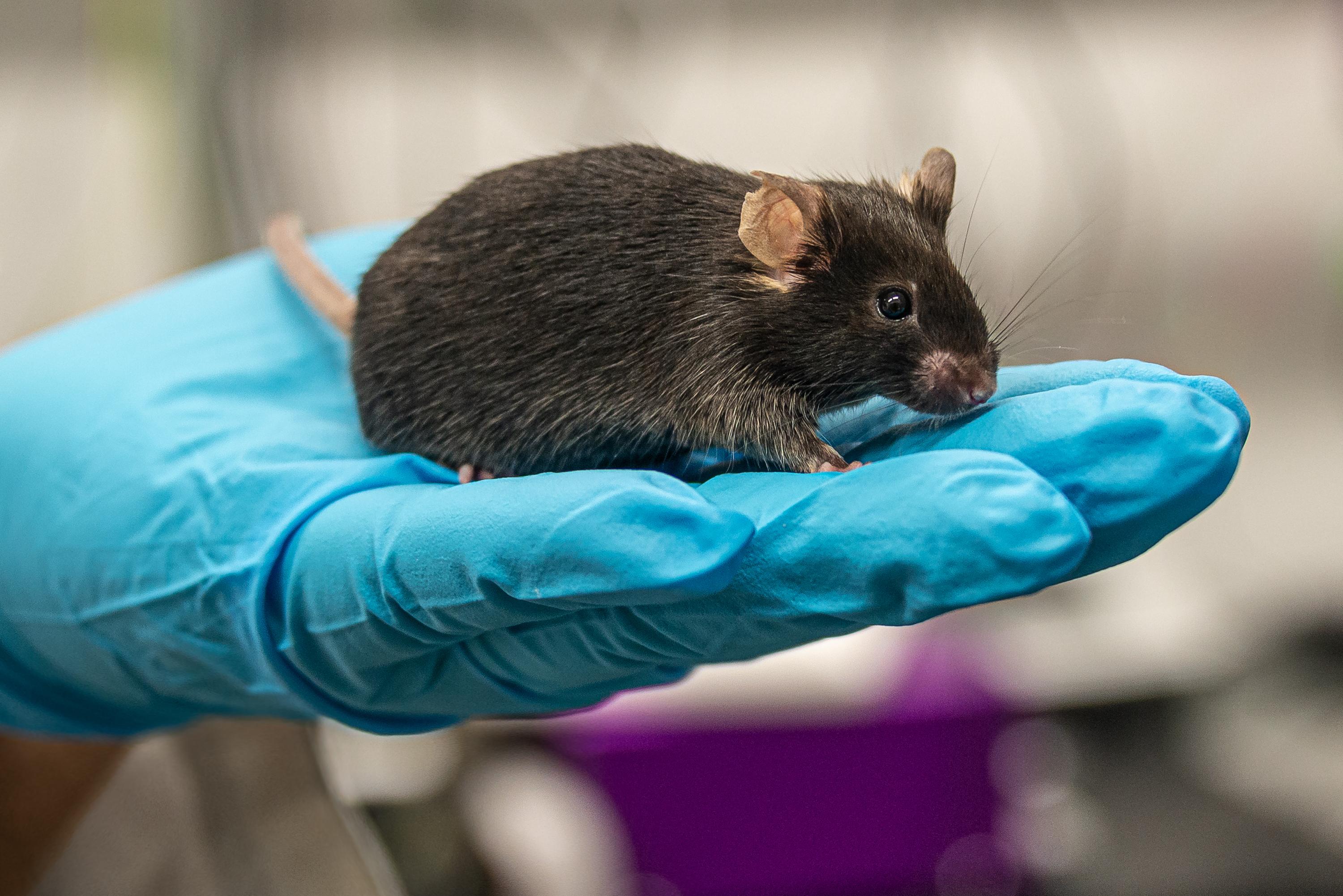
- For the first time, scientists have created baby mice from two male mice.
- The researchers converted stem cells from male mice into female cells and developed functional eggs.
- 7 out of 630 embryos became live pups.
In a study published in the journal Nature, scientists from Kyushu University and Osaka University (Japan) developed baby mice from two male mice. In a comment released alongside the research, Diana Laird, a stem cell and reproduction specialist at the University of California (USA), said that it is “a milestone in stem cell and reproductive biology”.
1% of implanted embryos became live pups
To achieve these results, the researchers took skin cells from the tails of male mice, then transformed them into induced pluripotent cells that can become different types of cells or tissues. Using a process of culturing them and treating them with a drug, they converted male mouse stem cells into female cells and produced functioning eggs.
The eggs were then fertilized and the embryos were implanted into female surrogate mice. Nearly 1% of embryos, or 7 out of 630, became live pups. The latter developed normally and were also able to become parents, but in a natural way.
A biological breakthrough for reproduction and fertility
For Diana Laird and her colleague Jonathan Bayerl, this study “opens up new avenues in reproductive biology and fertility research” for animals, especially endangered ones, and human beings.
However, the two researchers expressed several doubts about this research. According to them, the insemination technique is very inefficient and it is not known why a tiny fraction of the embryos placed in surrogate mice survived. They also pointed out that it is still too early to know if the protocol would work with human stem cells.









